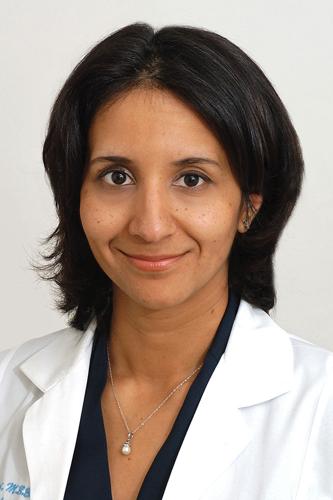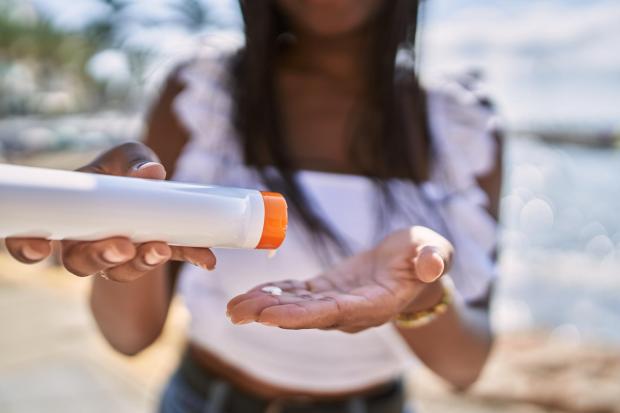The Department of Dermatology provides general dermatology, dermatologic surgery including surgical excisions and Mohs micrographic surgery, laser surgery, cosmetic dermatology (including sclerotherapy and chemical peels), wound healing expertise, phototherapy, patch testing, pediatric dermatology, melanoma treatment, and skin oncology. Its mission is to serve as a leader in teaching, research, and patient care relevant to skin diseases. The team is committed to education, generating new knowledge about normal and diseased skin, and innovation, as well as maintaining the highest standards of ethics and academic excellence.
The Department is affiliated with the Boston University Cosmetic and Laser Center, which offers personal consultation sessions and provides cosmetic plastic surgery and cosmetic procedures.
Contact Us
Department of Dermatology
Monday–Friday 8 a.m. to 5 p.m.
Specialty Clinics
Hereditary Hemorrhagic Telangiectasia Program (HHT)
Lupus Clinic
Related Departments and Programs
Cosmetic and Laser Center
Treatments & Services
The Department of Dermatology’s staff and surgeons are at the forefront of the field, offering personal consultation and guidance to each patient. Continued research and state-of-the-art technology enables our physicians to develop more effective, less invasive techniques for treatments. We care for adult and pediatric patients, providing the treatments below as appropriate.
For cosmetic dermatology services, please visit the Boston University Cosmetic and Laser Center.
Cure Rates for Mohs Surgery
Clinical studies have demonstrated that Mohs micrographic surgery provides five-year cure rates of approximately 99 percent for primary basal cell carcinomas and 96 percent for recurrent basal cell carcinoma. Cure rates for squamous cell carcinoma are approximately 97 percent. These cure rates are significantly higher than those from other methods of tumor removal or destruction.
Mohs surgery is preferred over other treatments for:
- Tumors on the face
- Tumors on other body sites that may be difficult to repair if too much tissue is removed
- Recurrent (previously treated) tumors
- Large tumors or tumors without clearly defined edges
- Tumors that appear aggressive under the microscope
Our Team
BMC’s team of experts has a wide variety of experience. Some are affiliated with the Boston University Cosmetic and Laser Center and many hold positions at the Boston University Chobanian & Avedisian School of Medicine.
For select providers, new and existing patients can book an appointment online. Select “Make an Appointment” next to a provider’s name to make an appointment. If your provider is not available for online booking, please call to book an appointment.
Dermatologists
Christina Lam, MD


Jag Bhawan, MD


Michael Kwa, MD

Margaret S. Lee, MD, PhD

Alison M. Perz

Tania J. Phillips, MD

Debjani Sahni, MD

Lisa Y. Shen, MD

Anna V. Sutherland, MD

Patient Resources
About Mohs Surgery
Book a Dermatology Telehealth Appointment
Department News
Read Before The Rays: BMC Dermatologist Shares Sun Safety Tips
Read Before The Rays: BMC Dermatologist Shares Sun Safety Tips It’s summertime; school is out, the beach is open, and the warm weather has arrived. You may find yourself soaking up the sun, and…

Residency and Fellowship Information
The Department of Dermatology at Boston Medical Center is affiliated with the Boston University Chobanian & Avedisian School of Medicine. To learn about residency training programs, graduate training programs, and fellowships, please visit their website.

